Momos— they’re easy to make and easier to eat. But are they any good for you?
Momos are Tibetan or Nepali dumplings. They are either made with meat or vegetables and are considered to be nutritious. They can be steamed, fried, added to soup, topped with sauce, or baked.
So, how different are momos from regular dumplings, what health benefits do they have, and is there anything you need to be cautious about? Find out the answers below!
What Exactly Are Momos?
Momos are a type of dumpling, much like China’s baozi, jiaozi, and mantou, Japan’s gyoza, Korea’s mandu, Mongolia’s buuz, and Afghanistan’s manti (source: DB Pedia).
Before we go any further, let’s first define what a dumpling is. A dumpling is a stuffed food made with dough that is either rolled thin and stuffed with meat and/or vegetables or formed into a regular or irregular mass and cooked (source: Master Class).
Momos aren’t Chinese food. They hail from Tibet or Nepal and are also popular in India, particularly Ladakh and Sikkim (source: Curly Tales).
Like other dumplings, there are many ways to cook momos. They can be steamed, boiled, or pan-fried. Each method will result in a unique and delicious taste.
Momos also have their own sauce that can be used as a dip or added as a topping to a plate of momos (source: Tibet Vista).
Momos are either meat-based or vegetable-based, but there are many different types of cooking methods. Here are some of them:
- Steamed Momo – probably the most common of all momos
- Kothey Momo – half-steamed and half-fried elongated momos
- Chilly Momo – also called C. momo, this type is steamed momos topped with a hot and spicy sauce
- Fried and Steam-fried Momo – these are either directly deep-fried or fried after steaming
- Jhol Momo – steamed momos in a bowl drenched with a spicy and tangy sauce called jhol achar
- Open Momo – momos that are literally open for easy topping of your sauce of choice
- Tandoori Momo – marinated with Indian spices, steamed, and cooked in an oven until crispy
- Green Momo – also literally green because the dough is made with spinach
- Phaphar Momo – steamed momos made with buckwheat, which adds more protein, and it is best eaten hot
- Khuwa, Paneer, or Cheese Momo – steamed momos, with dough made with khuwa, paneer, or cheese
- Fish Momo – steamed momo filled with fish
- Dhapu Momo – the only bigger-size steamed regular momo
(sources: Honey Guide, NDTV Food)
Are Momos and Dumplings the Same?
Momos are dumplings. Although they are not Chinese dumplings, they do have some things in common, as well as a few differences.
So, what do they have in common? First, both stuffed dumplings and momos have a variety of fillings. However, dumplings are sometimes cooked without fillings, while momos are not. Momos always have stuffing. Dumplings without any fillings are usually made with sauces.
While dumplings can be served at fine dining restaurants and as a main course/meal, momos are more of a snack and are sold mostly as street food or in small eateries.
Another difference is that momos are bite-size while dumplings come in many different sizes (source: Curly Tales). Xiao long bao, for example, is a large dumpling. It is made to be big because it has a thick broth that turns into soup when cooked.
Both momos and dumplings come in different shapes, but momos are bite-size. They are also said to have thicker dough wrappers than regular dumplings (source: Master Class).
What Are Momos Made From?
The wrapper used to make momo is made with white flour, water, and a bit of yeast or baking soda. This makes the dough more stretchy, which is a good attribute when shaping the momos (source: Wiki Books). Yeast and baking soda are optional ingredients.
Most Tibetan momos are shaped like a half-moon. In comparison, the shape of Nepali ones is mostly round.
Momos can be made with either meat, vegetables, or a combination of both. Tibetan momo is mainly made with yak meat. For those who are outside of Tibet, mutton, beef, pork, or chicken can be used instead.
On the other hand, Nepali momos are usually made with chicken, ginger, coriander, and Nepali spice.
Vegetarian momos are just as scrumptious as their meat-based counterparts. A Tibetan vegetarian momo will likely be made with dark brown mushrooms, cabbage, cilantro, garlic, onions, soy sauce, and meat bouillon to taste (source: Tibet Vista).
PETA has even jumped on the momo train with their Momo Vegetable Dumplings. You can find their version of vegetable momos here.
If you search for momos recipes online, you’ll see that most recipes use salt and oil in their dough, chicken for meat-based momos, and cabbage and carrots for vegetable-based momos.
Nepali restaurants in the US, however, not only serve momos made with chicken or vegetables, but they also offer pork.
Are Momos Healthy or Bad for You?
Momos are great because:
- They are mostly healthy because they are steamed. Even if they are fried, they come in small serving sizes.
- You can use whatever meat you want if you choose to make one yourself.
- The dough is easy to prepare and you can add flavors to it.
Momos may not be that great because:
- Improper preparation, especially when it comes to the meat, might lead to contamination.
- Steamed momos should be consumed immediately and should not sit for too long because they are steamed, which means they are high in the moisture bacteria need to multiply.
Utmost care, hygiene, and safety must be observed by those who will prepare this dish. According to a study, a person died after accidental ingestion of a foreign body while eating momos (source: Forensic Imaging). This is not meant to scare you from making momos – it’s just to remind you to be careful in preparation.
Meat-based momos are rich in high-quality proteins. Protein is vital for good growth and development, especially for children. Vegetable- and meat-based momos also contain vitamins, minerals, and fiber.
These essential nutrients help in many metabolic processes in the body, especially energy metabolism (source: The Journal of International Medical Research), and fiber aids in good digestion.
We hope this article answered all your questions about preparing and enjoying momos!



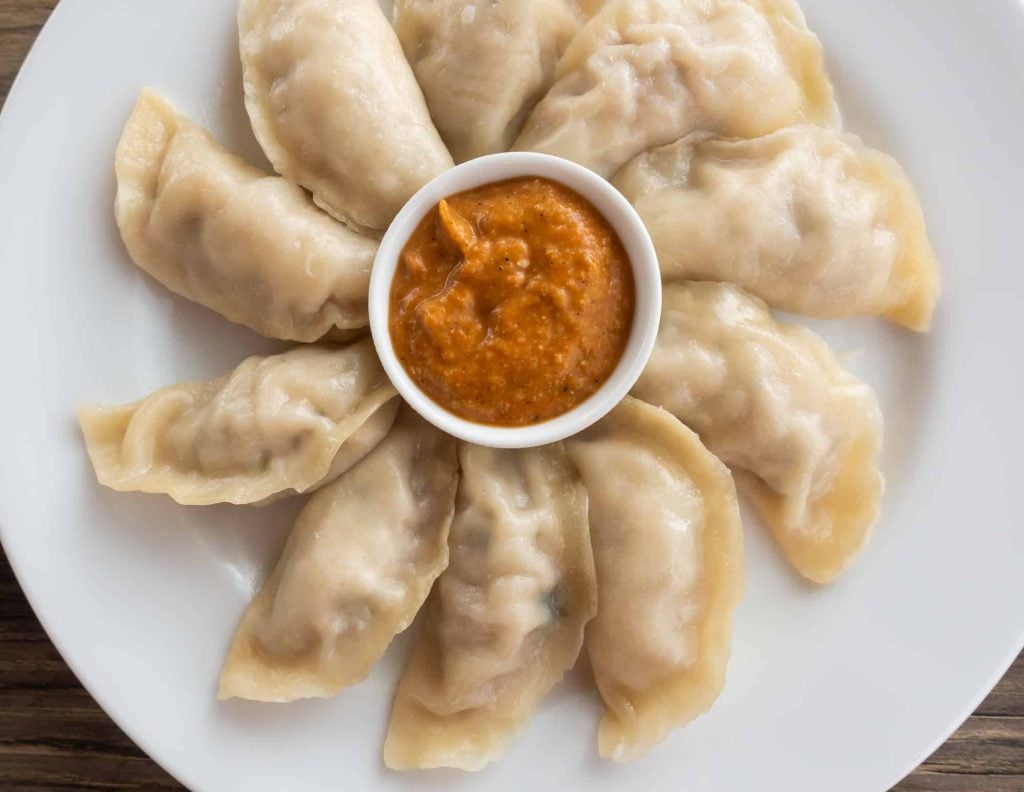
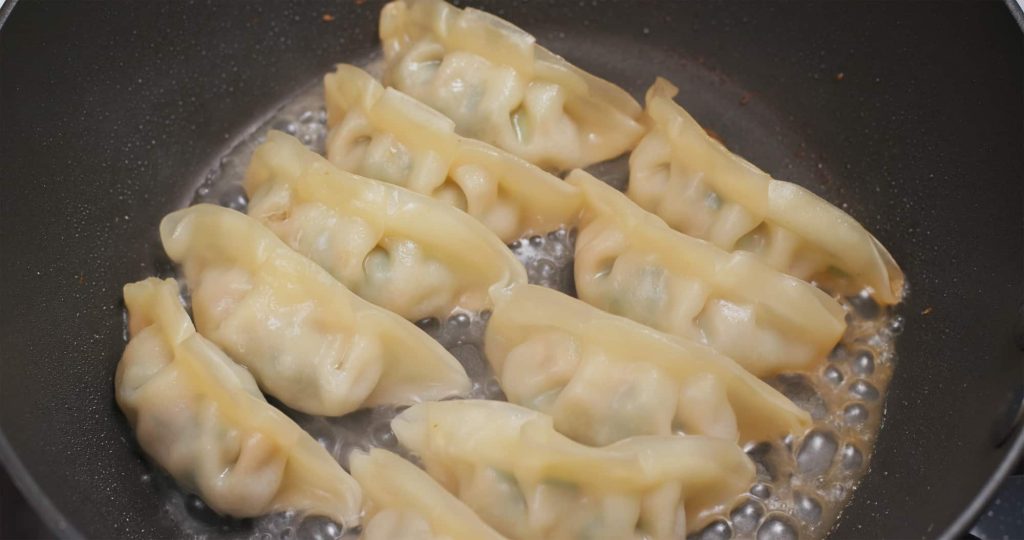
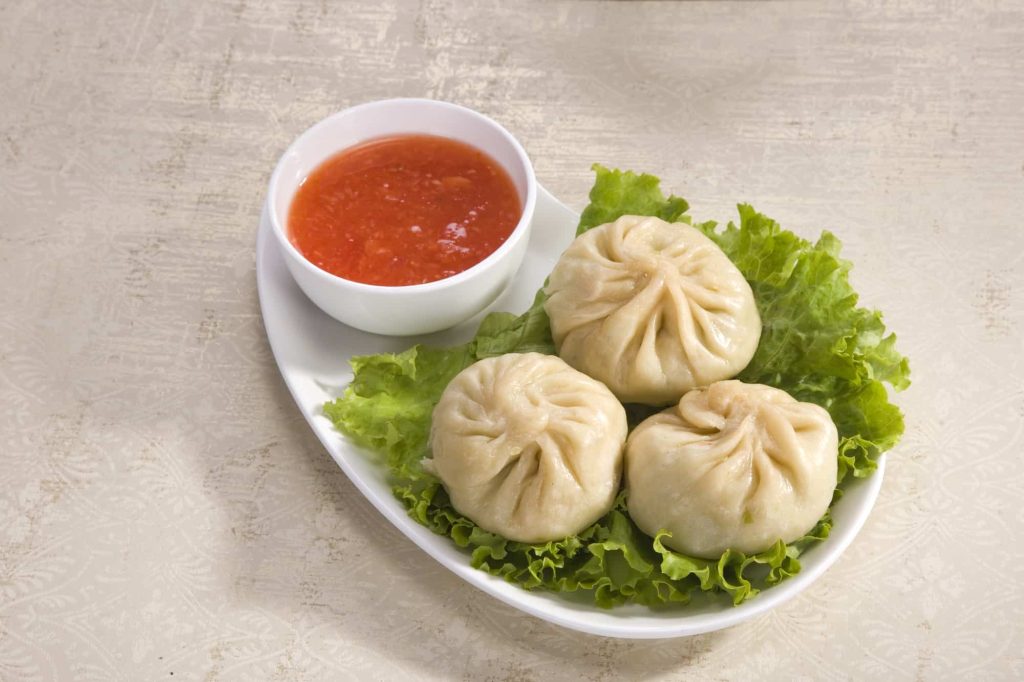
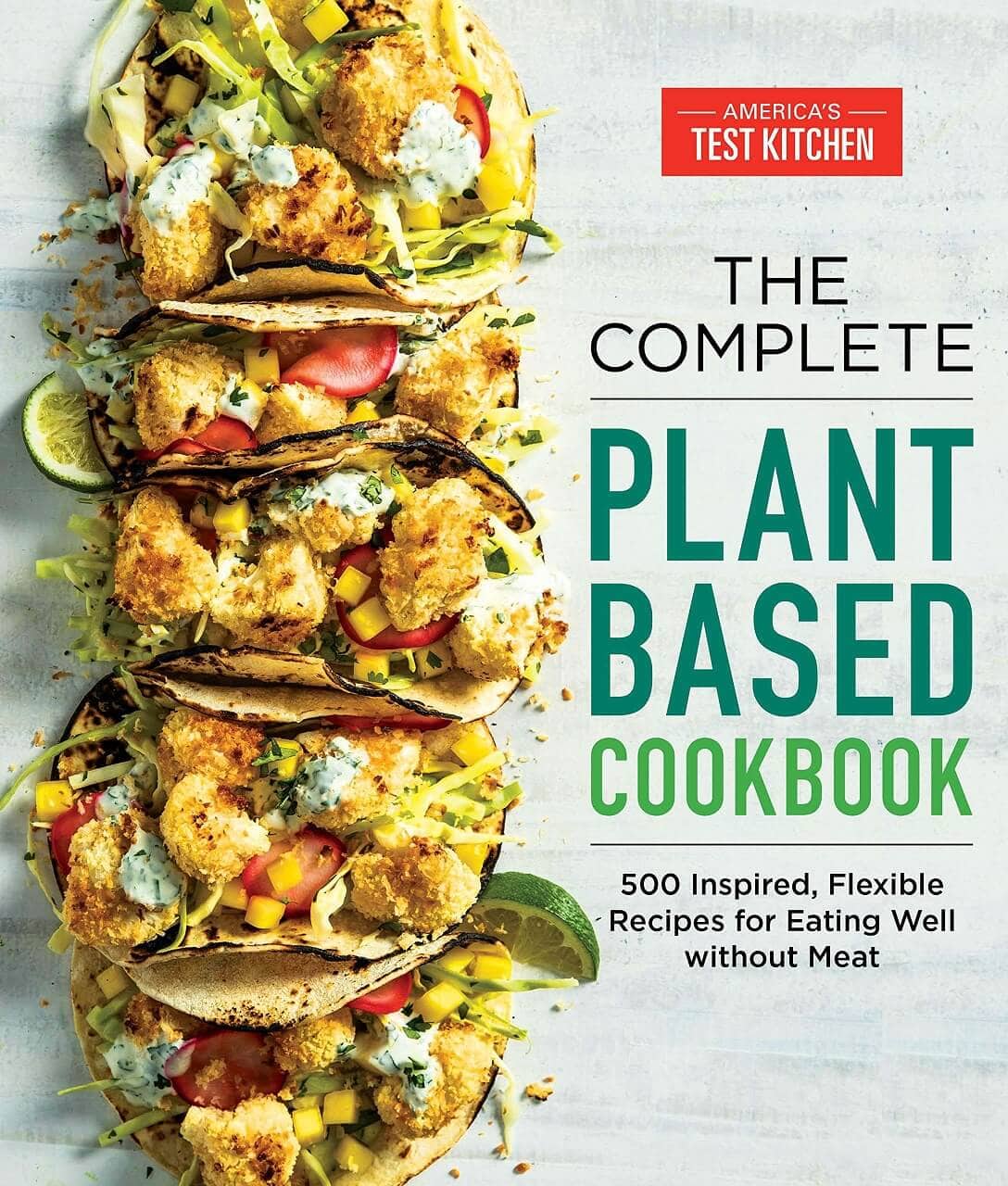
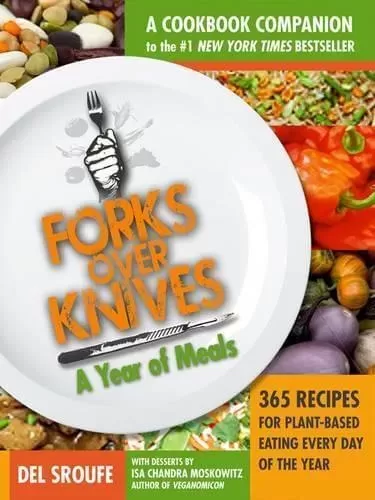
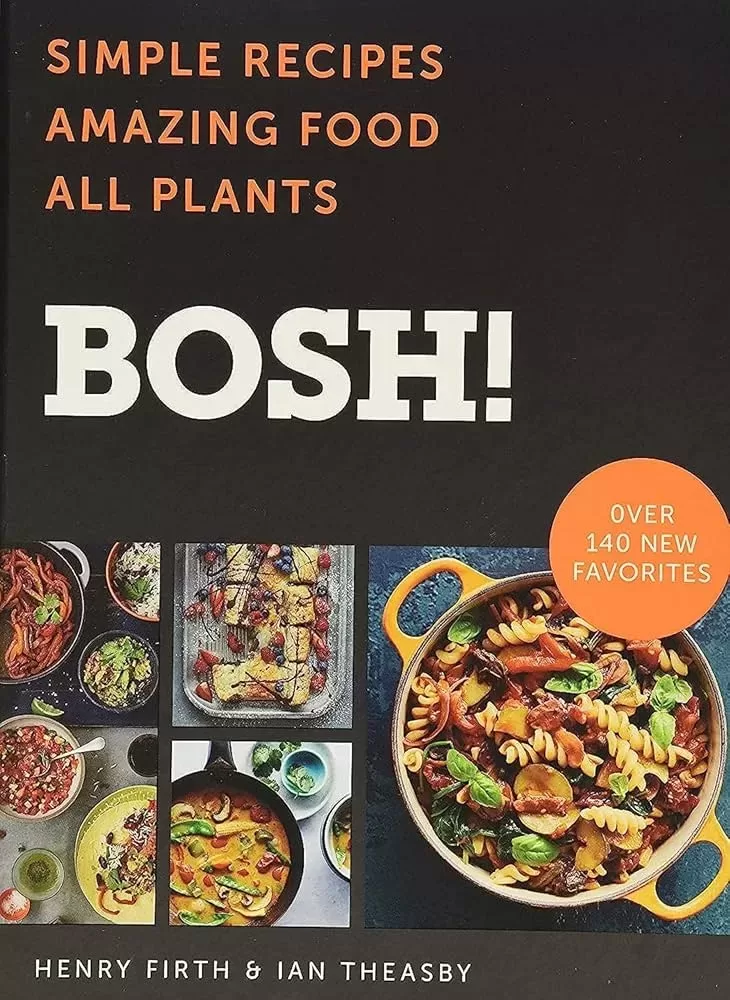
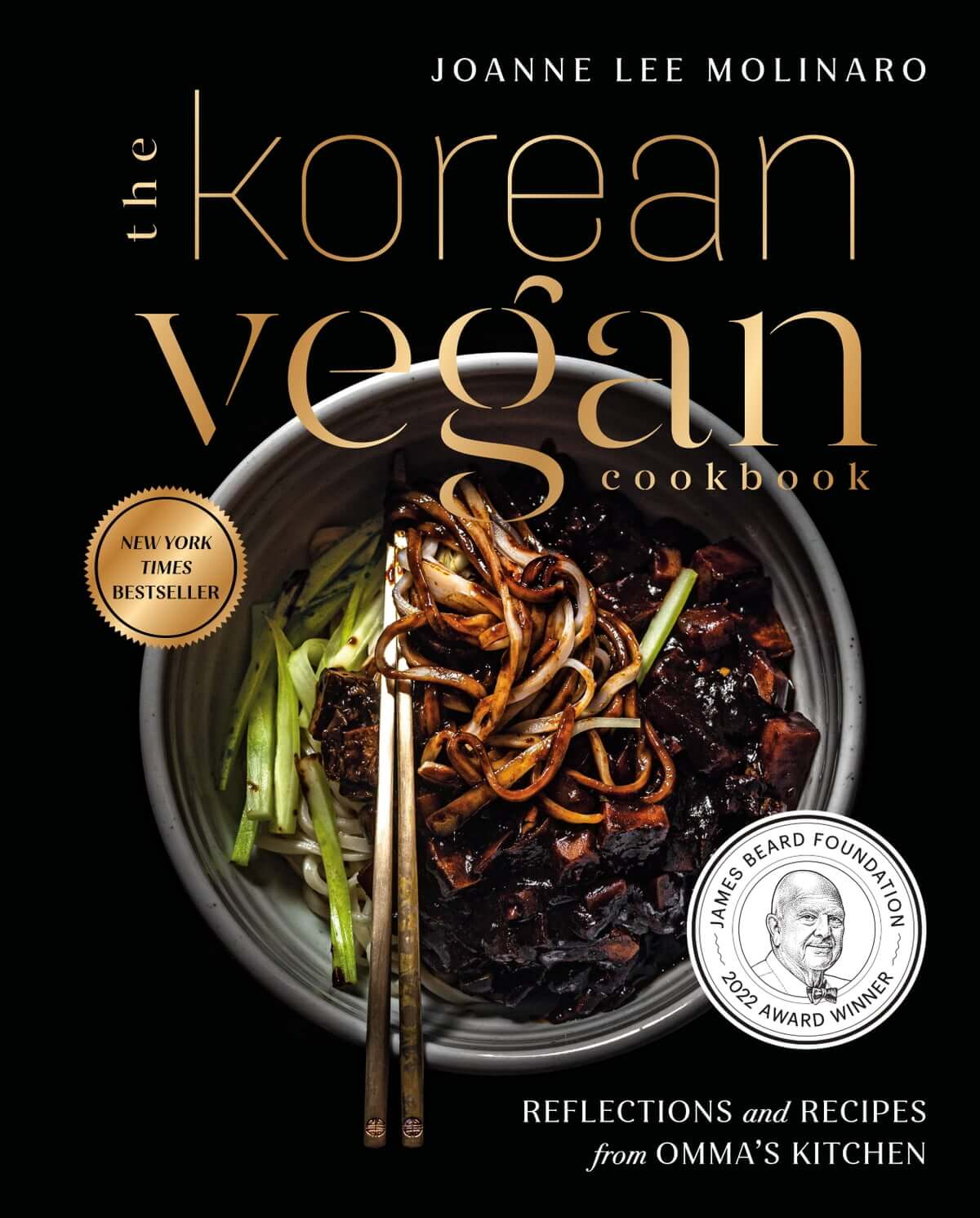
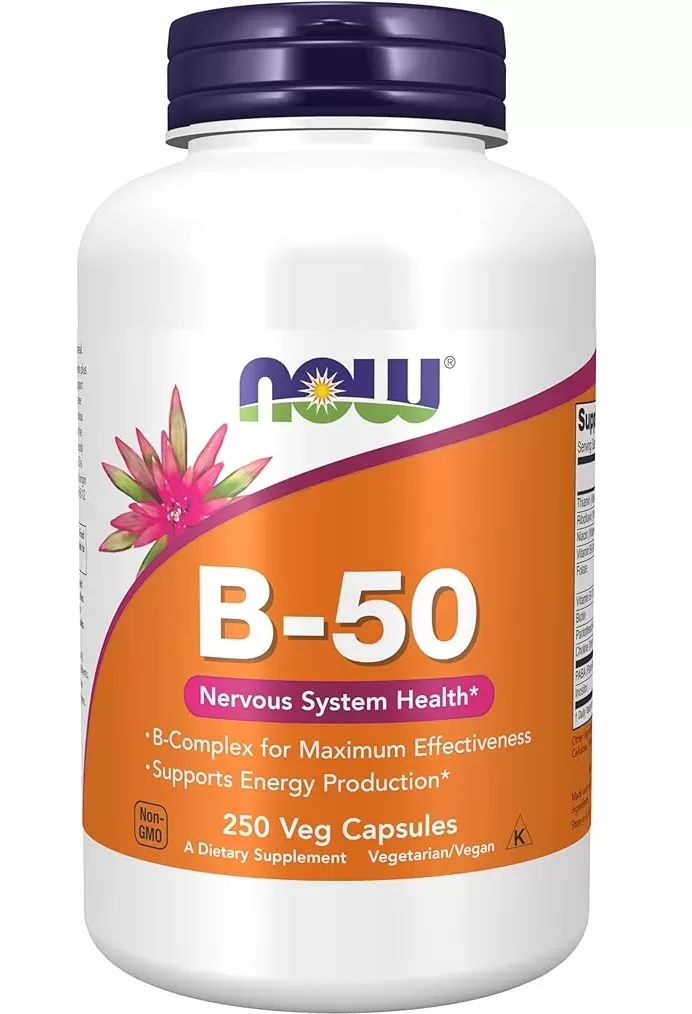
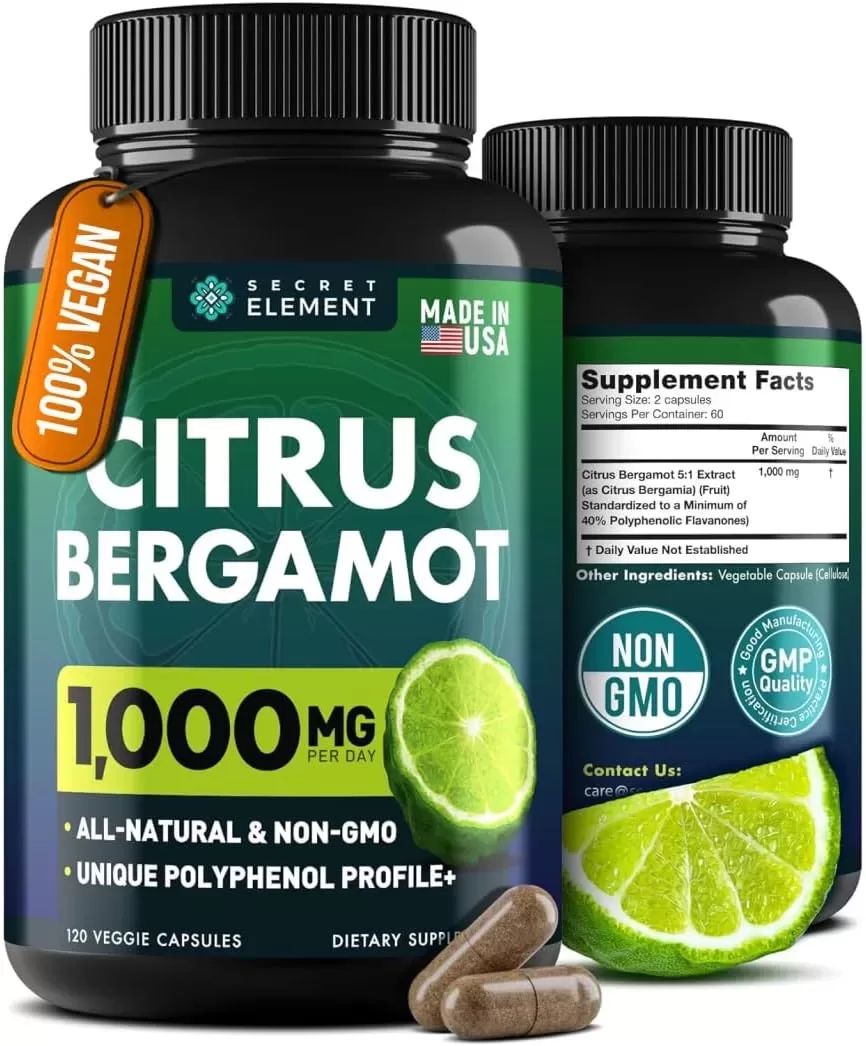

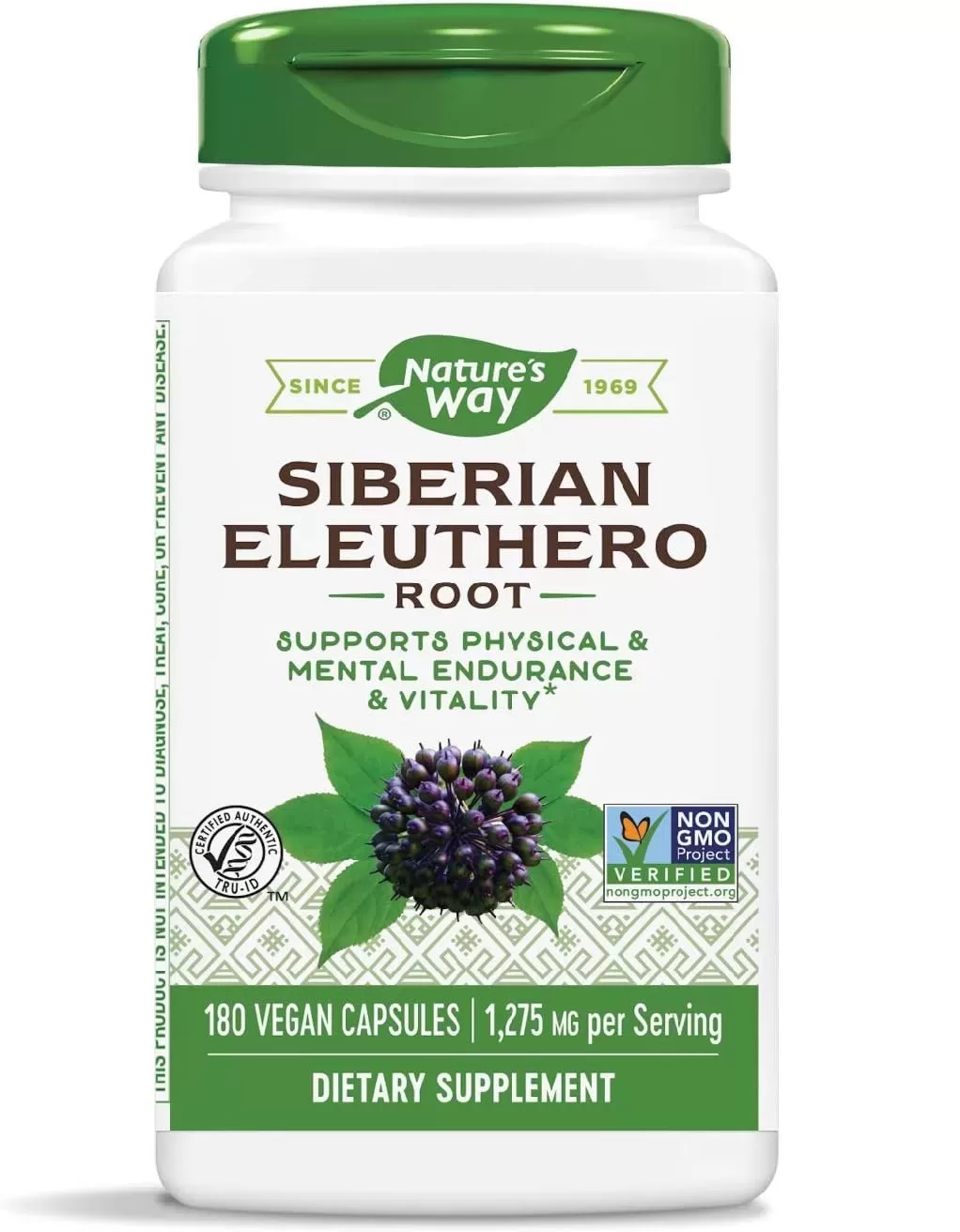
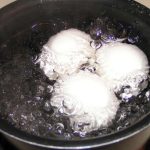

Comments are closed.